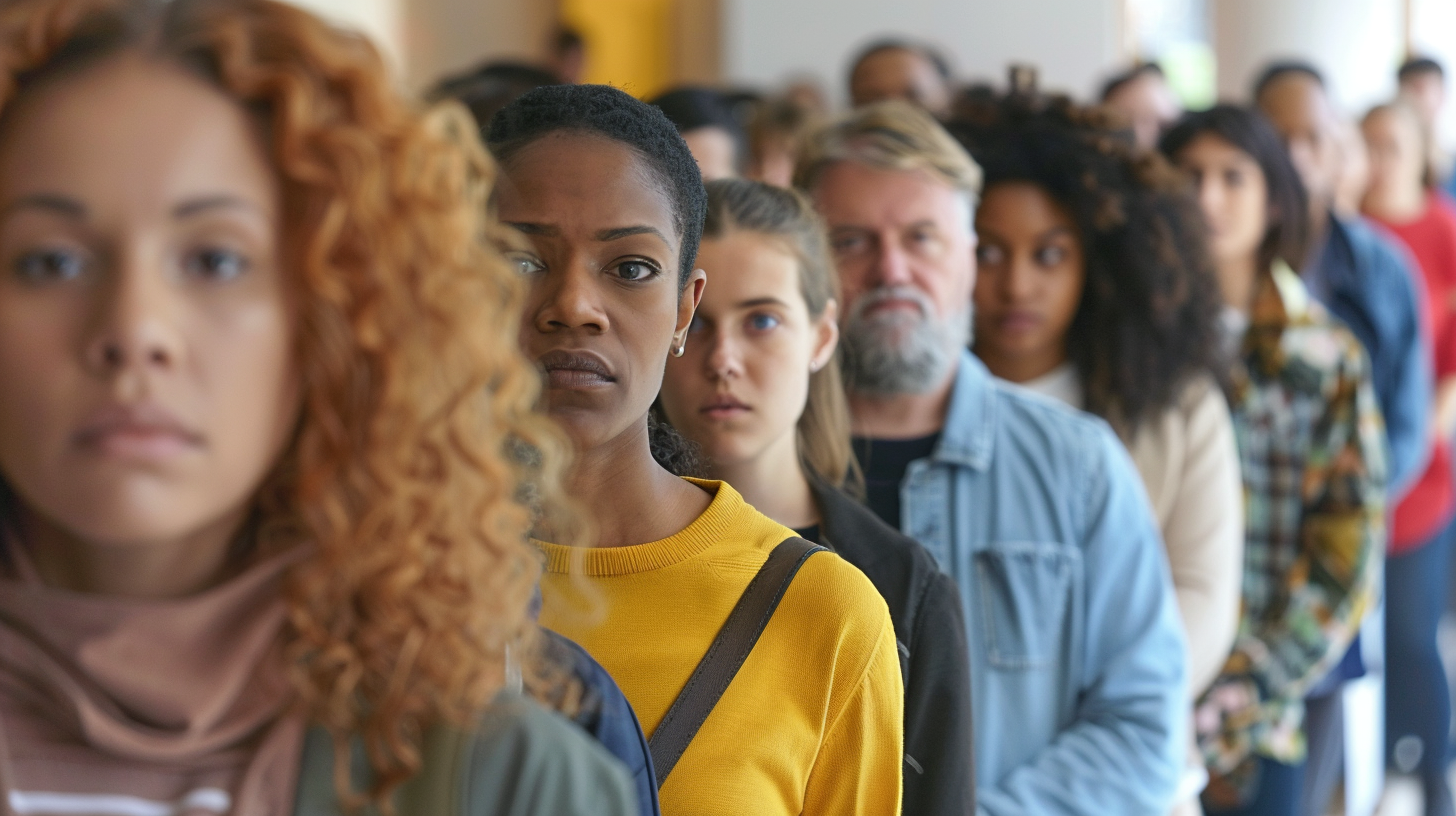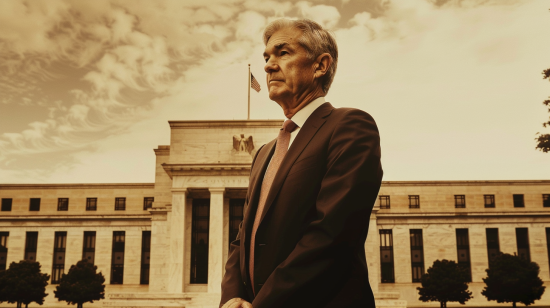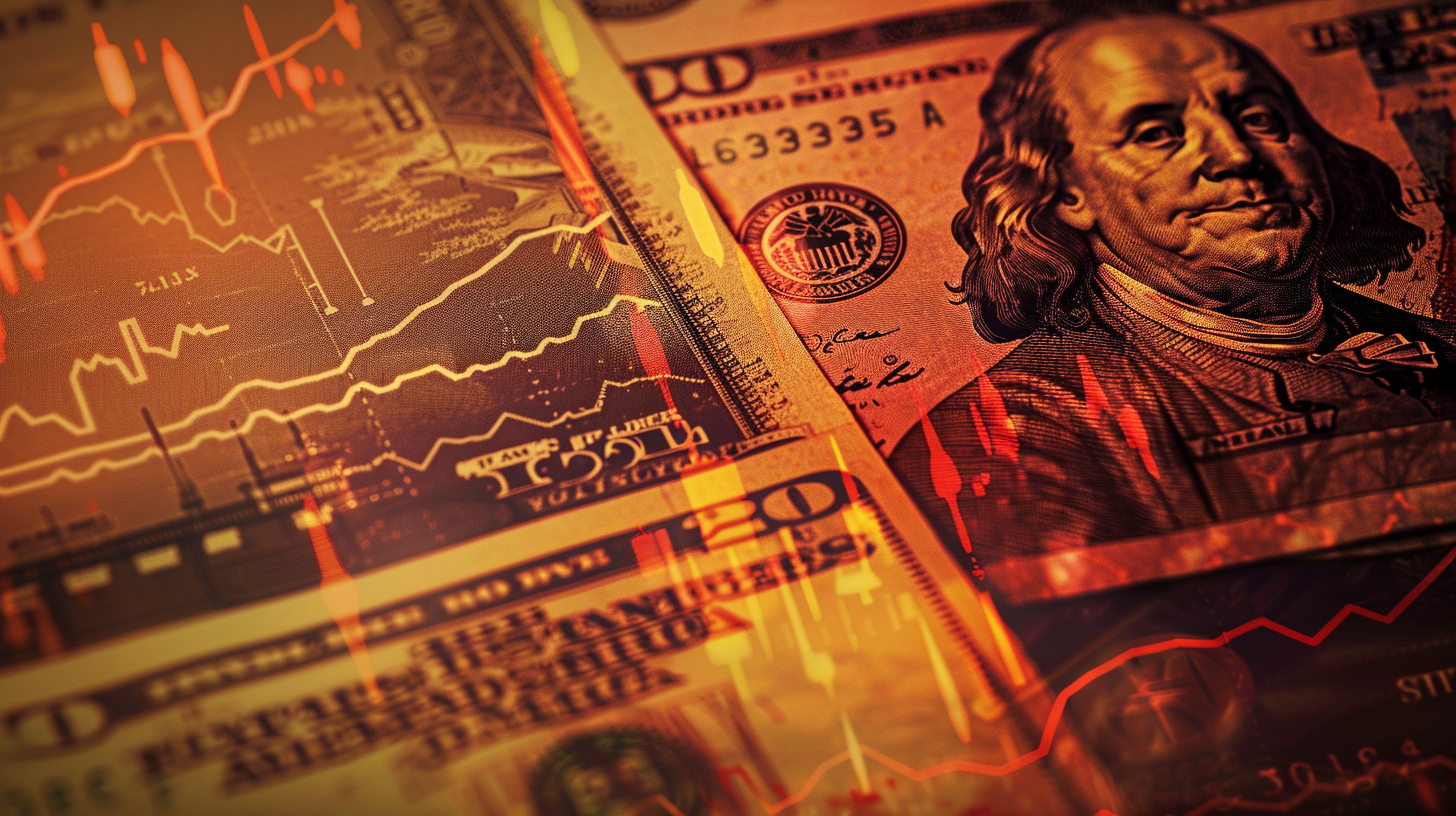| Key Points: – The Federal Reserve is in no hurry to reduce interest rates due to strong economic indicators. – Chairman Powell emphasizes that inflation remains slightly above the 2% target. – The Fed will approach future rate cuts cautiously, allowing flexibility based on economic signals. |
Federal Reserve Chair Jerome Powell recently signaled that the central bank sees no need to accelerate interest rate cuts, pointing to the resilience of the U.S. economy. Speaking at a Dallas Fed event, Powell highlighted the strength in several key economic indicators—including sustained growth and low unemployment—while acknowledging that inflation remains slightly above the Federal Reserve’s target.
Currently, inflation sits just above the Fed’s preferred 2% target, with October’s Personal Consumption Expenditures (PCE) price index estimated at around 2.3%, while core PCE inflation, which excludes volatile food and energy prices, is anticipated to reach about 2.8%. Although inflation remains higher than the target, Powell emphasized the Fed’s confidence that the economy is on a “sustainable path to 2%” inflation, justifying a gradual, measured approach to any future rate adjustments.
Despite continued economic growth, which Powell described as “stout” at an annualized rate of 2.5%, and a stable job market with a 4.1% unemployment rate, the Fed is maintaining its flexibility. According to Powell, the ongoing strength of the economy allows the Fed to “approach our decisions carefully.” This measured stance contrasts with earlier expectations from financial markets, where investors had anticipated a series of rate cuts for the next year. Now, based on Powell’s remarks, these expectations are being recalibrated, and fewer cuts are anticipated.
The Fed’s cautious stance also reflects broader economic uncertainties as the U.S. awaits potential policy changes from President-elect Donald Trump’s incoming administration, particularly regarding tax cuts, tariffs, and immigration policy. These factors could impact inflation and growth in ways that are still unfolding. Investors are closely watching the economic outlook as they prepare for potential policy shifts that could influence both the domestic economy and inflationary pressures.
Powell’s comments come at a critical time as the Fed’s next policy meeting approaches on December 17-18, with many traders expecting a further quarter-point reduction. However, recent inflation and economic strength may lead the Fed to hold off on more aggressive cuts in the near future. Powell reiterated that the Fed is committed to reaching its inflation goals, stating, “Inflation is running much closer to our 2% longer-run goal, but it is not there yet,” underscoring the Fed’s careful monitoring of inflationary trends, including housing costs.
As markets adjust to the Fed’s deliberate approach, Powell’s emphasis on data-driven, cautious decision-making has given investors insight into the central bank’s priorities. With the economy sending no urgent signals for rate cuts, the Federal Reserve appears poised to balance economic stability with its commitment to achieving sustainable inflation, underscoring its willingness to act when necessary but not before.













